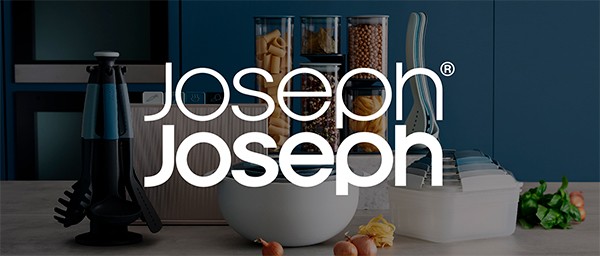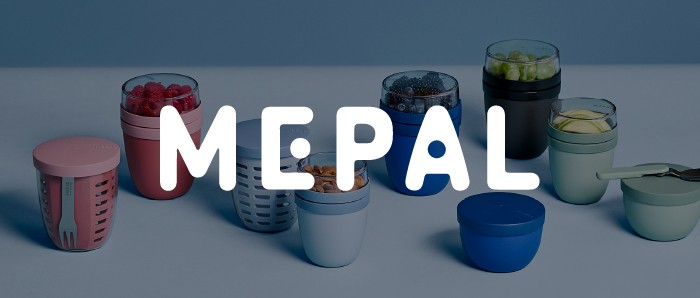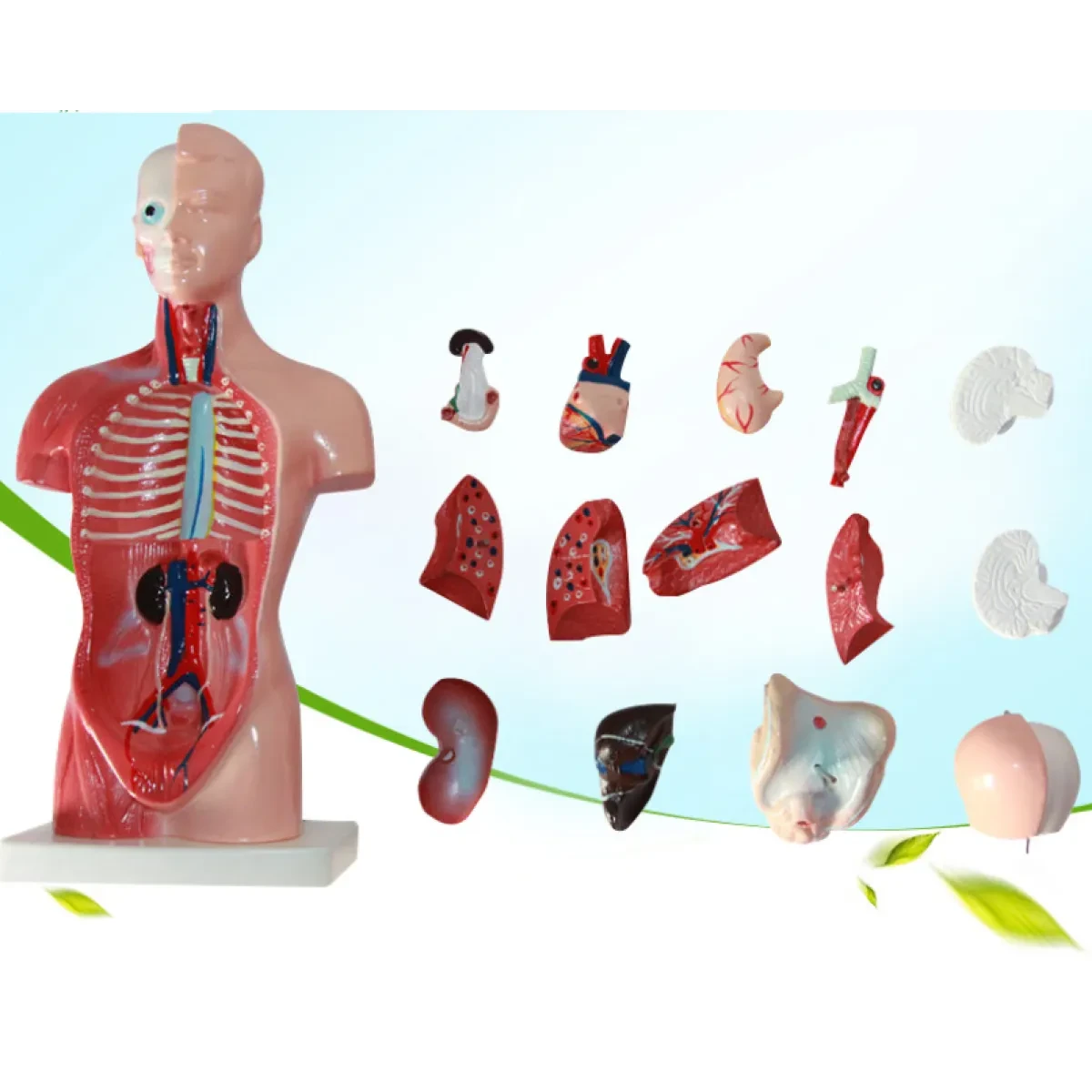
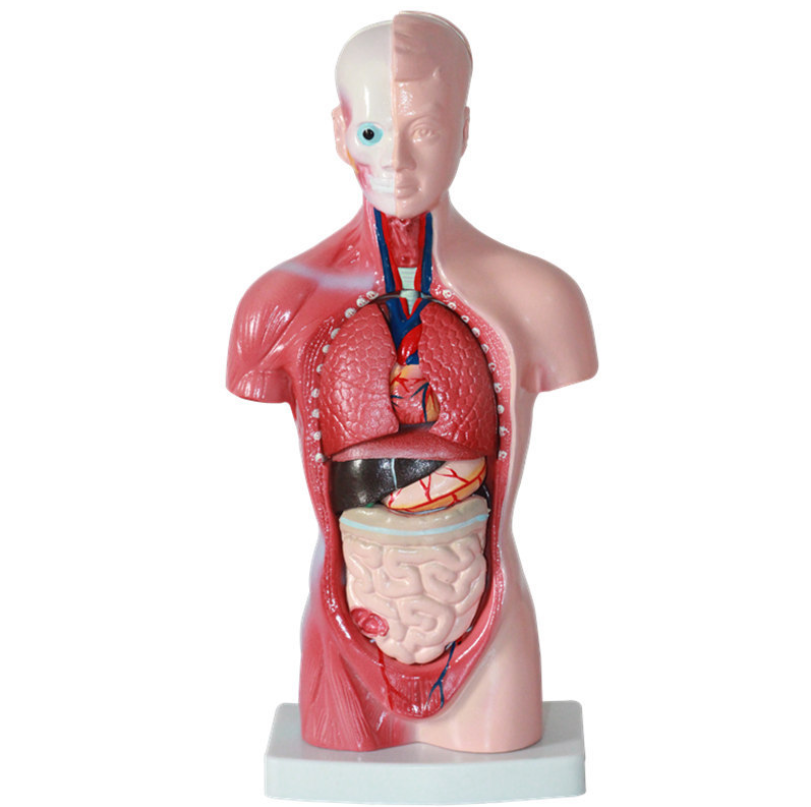
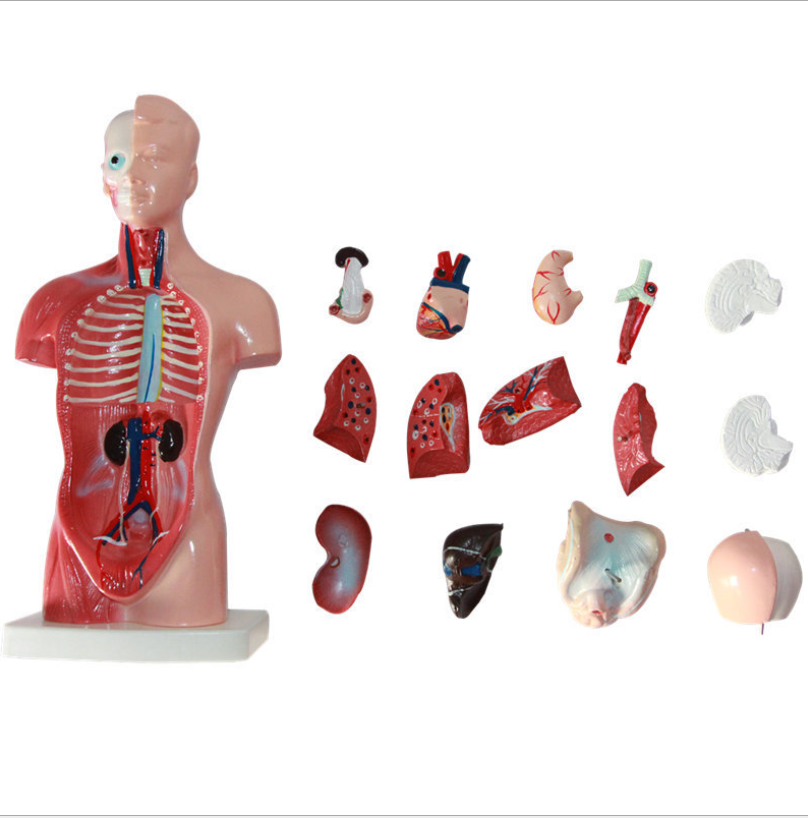
Human Body Model
Package Size280*280*280(mm)



Human Body Model: An Essential Tool for Education, Health, and Science Enthusiasts
Description
A human body model is a highly detailed and accurate representation of the human anatomy, designed to provide insight into the structure and function of the human body. Ideal for educational purposes, medical professionals, or anyone interested in understanding human biology, these models allow for an in-depth exploration of the body’s systems, organs, and structures. Whether you're a student learning anatomy, a healthcare provider explaining human anatomy to patients, or simply a science enthusiast, a human body model is an indispensable tool for exploring the intricacies of the human form.
In New Zealand, where healthcare education, biology classes, and personal wellness are prioritized, human body models are becoming increasingly popular as teaching aids, learning tools, and display pieces. These models are used by schools, universities, medical institutions, and even in home study environments. They provide a hands-on approach to learning that enhances comprehension and retention of anatomical knowledge, helping students and professionals alike gain a clearer understanding of the body's complex systems.
Human body models come in a variety of styles and sizes, from simple skeletal structures to full-body models with removable organs. They are made from durable materials, often plastic or resin, ensuring longevity and easy handling. Whether you're studying human biology, teaching anatomy, or using it as part of a medical training program, a high-quality human body model is an invaluable asset for anyone involved in the study of the human body.
Key Points
-
Detailed and Accurate Representation: Human body models provide a precise and lifelike depiction of the human body’s
anatomy, allowing for an interactive learning experience.
-
Educational Tool for All Ages: Perfect for students, educators, healthcare professionals, and science enthusiasts, these
models offer a deeper understanding of human anatomy.
-
Removable Parts: Many human body models feature removable organs or body parts, allowing for easy demonstration and deeper
study of the body's systems and functions.
-
Durable and High-Quality Construction: Made from sturdy materials such as plastic, resin, or PVC, human body models are
built to last and withstand regular use.
-
Ideal for Classrooms, Clinics, and Home Use: Whether you're teaching in a classroom, conducting medical training, or simply
studying at home, these models are versatile tools for a variety of environments.
-
Size and Detail Options: Human body models come in various sizes and levels of detail, from simple representations of the
skeleton to complex models that include muscles, organs, and circulatory systems.
-
Enhanced Learning and Visualisation: They provide a visual and tactile method of learning that improves comprehension of
the human body's intricate systems.
Benefits
-
Interactive Learning Tool: One of the primary benefits of a human body model is its ability to provide an interactive,
hands-on learning experience. Whether you're studying the skeletal system, the circulatory system, or the organs, the model enables a more
engaging and visual method of learning. By examining the model from different angles and even removing parts to see internal organs,
students and professionals gain a deeper understanding of how the body works.
-
Better Understanding of Anatomy: For students studying biology or healthcare professionals in training, human body models
are essential tools that enhance understanding of human anatomy. Being able to physically interact with the model and observe the placement
and structure of organs and bones helps make complex anatomical concepts easier to grasp. Models allow students to see and understand the
location of the heart, lungs, liver, and other organs, which can be challenging to conceptualize through books alone.
-
Visualisation of Organ Systems: With high-quality human body models, you can easily study the interrelationship between
organs and organ systems. For example, you can examine the respiratory system, circulatory system, and digestive system, understanding how
they work in conjunction with each other. The models can also help visualise how disease or injury can affect the body, providing insight
into medical conditions for students and healthcare providers.
-
Facilitates Teaching and Patient Education: Healthcare professionals, such as doctors, nurses, and physiotherapists, use
human body models to educate patients about their health conditions. By using a model to demonstrate how the body functions or where a
problem lies, medical professionals can communicate more effectively with their patients. For example, showing patients the location of a
particular organ or muscle group on a model can be especially helpful in explaining conditions like arthritis, back pain, or digestive
issues.
-
Durable and Long-Lasting: Human body models are designed for regular use, whether in classrooms, clinics, or home study
environments. Made from durable materials such as plastic, resin, or PVC, these models are built to withstand years of handling. With proper
care, they provide lasting value as educational tools and are designed to endure the wear and tear of frequent use. Their resilience makes
them ideal for schools and medical institutions where they are regularly handled by students and educators.
-
Versatile for Various Educational Levels: Human body models are available in different levels of detail, making them
suitable for various educational levels. For younger students or beginners, simpler models that focus on basic skeletal structures or
individual organ systems are ideal. For advanced learners, more detailed models with removable parts, such as muscles, nerves, and
circulatory systems, are better suited for in-depth study. This adaptability ensures that human body models can be used across a wide range
of educational settings, from primary schools to medical universities.
-
Promotes Memorization and Retention: A hands-on approach to learning anatomy with a physical model significantly improves
memory retention. Research has shown that individuals who engage in kinesthetic learning—learning through doing—are more likely to retain
information. By studying the human body through a 3D model, learners are more likely to remember the location and function of organs, bones,
and muscles, which can be crucial in both educational and clinical settings.
-
Great for Gift-Giving or Collecting: A detailed human body model can also make an intriguing and educational gift for
science enthusiasts, medical students, or anyone passionate about human biology. Additionally, these models are often used as collectibles
by those with a keen interest in anatomy and the human body. They serve as both an educational tool and a display piece, enhancing any
science-themed collection or study space.
Why Choose This
Choosing a human body model in New Zealand is an excellent decision for anyone who wants to improve their understanding of human anatomy. Whether you're a student, healthcare professional, teacher, or science enthusiast, these models offer a clear, interactive way to learn about the body. They are especially valuable for people studying medicine, biology, or physical therapy, and they provide a tactile approach to learning that traditional textbooks cannot match.
For educators and healthcare professionals in New Zealand, human body models serve as a great tool for teaching and patient education. With the ability to show patients the exact location of organs or explain the relationship between different body systems, these models help bridge the gap between complex medical concepts and patient understanding.
For science lovers and collectors, a human body model can also serve as a fascinating conversation piece. The model is not only a practical tool for learning but also an eye-catching addition to any study space or science collection.
Conclusion
In conclusion, human body models are indispensable tools for anyone looking to gain a deeper understanding of human anatomy. Whether you're an educator, healthcare professional, student, or science enthusiast, these models provide a hands-on, interactive method for studying the body’s intricate systems. Their versatility, durability, and ability to enhance learning make them an invaluable resource for a variety of educational and clinical settings.
In New Zealand, where education and healthcare are highly valued, human body models are increasingly used in schools, universities, medical institutions, and home study environments. These models provide an engaging and effective way to study anatomy, support patient education, and enhance scientific understanding.
Invest in a human body model today and take your understanding of the human body to the next level with this essential, interactive, and educational tool.
The product may be provided by a different brand of comparable quality.
The actual product may vary slightly from the image shown.
Shop amazing plants at The Node – a top destination for plant lovers

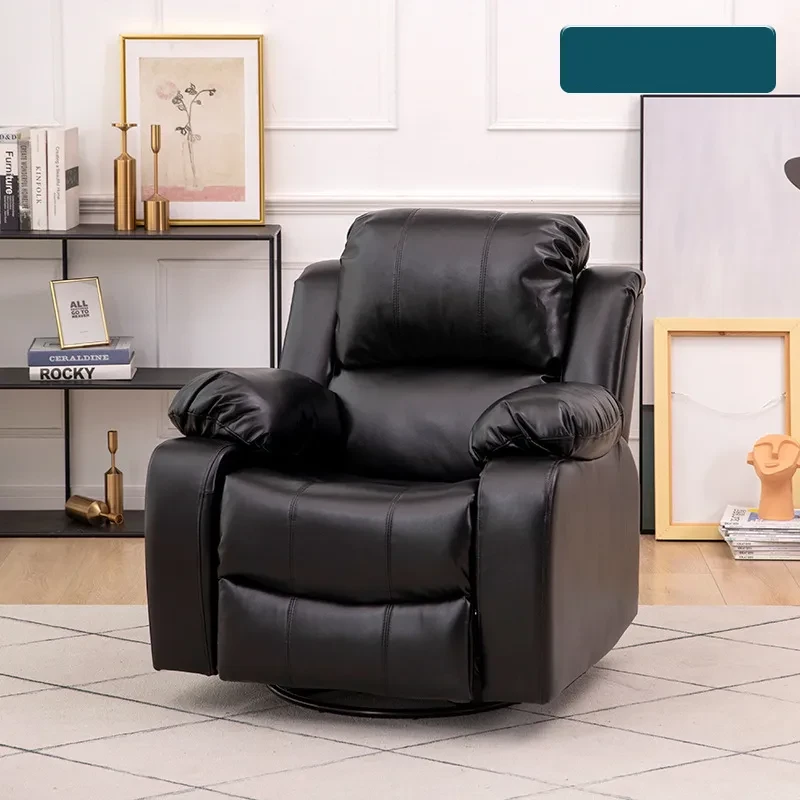
.png)



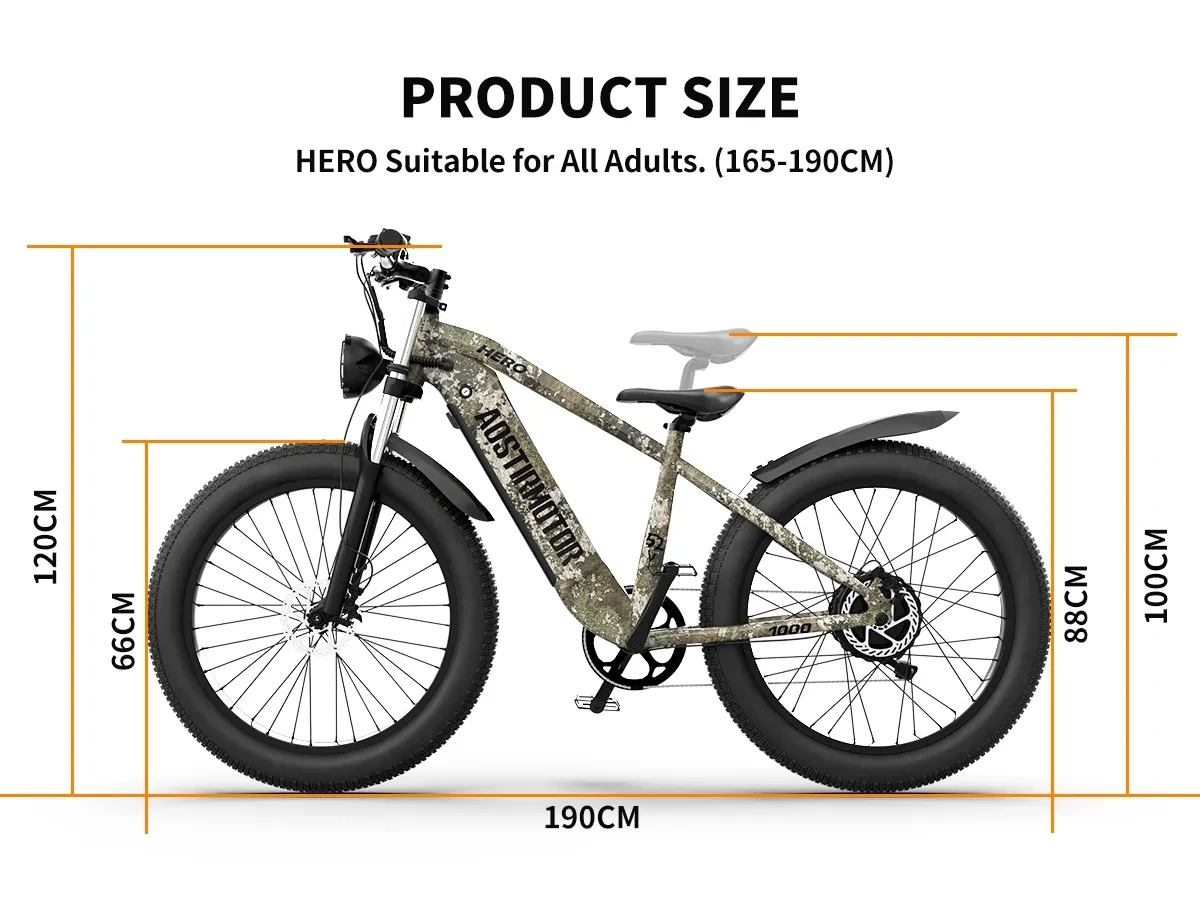
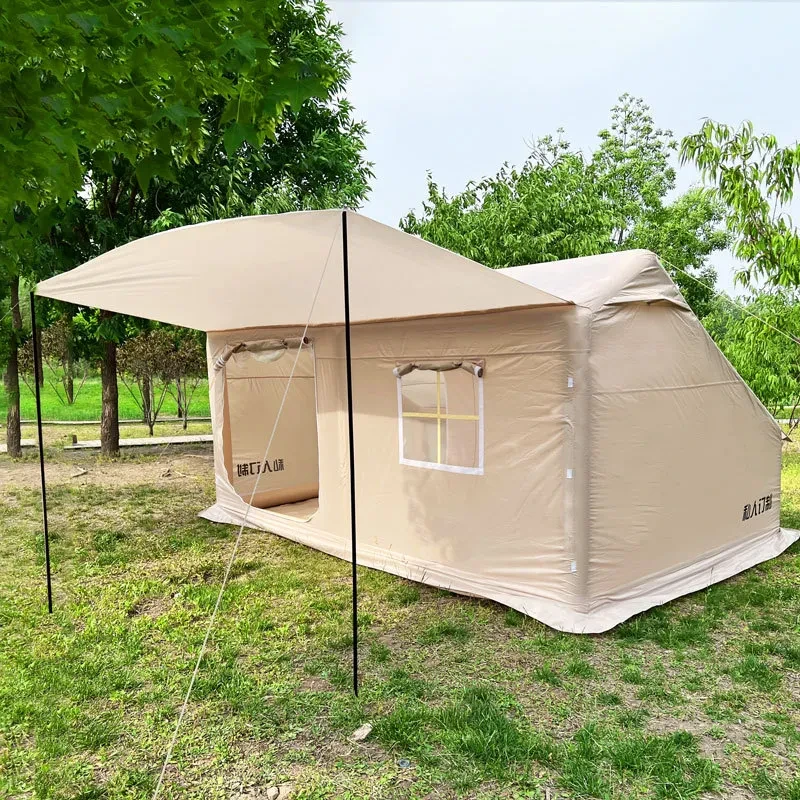

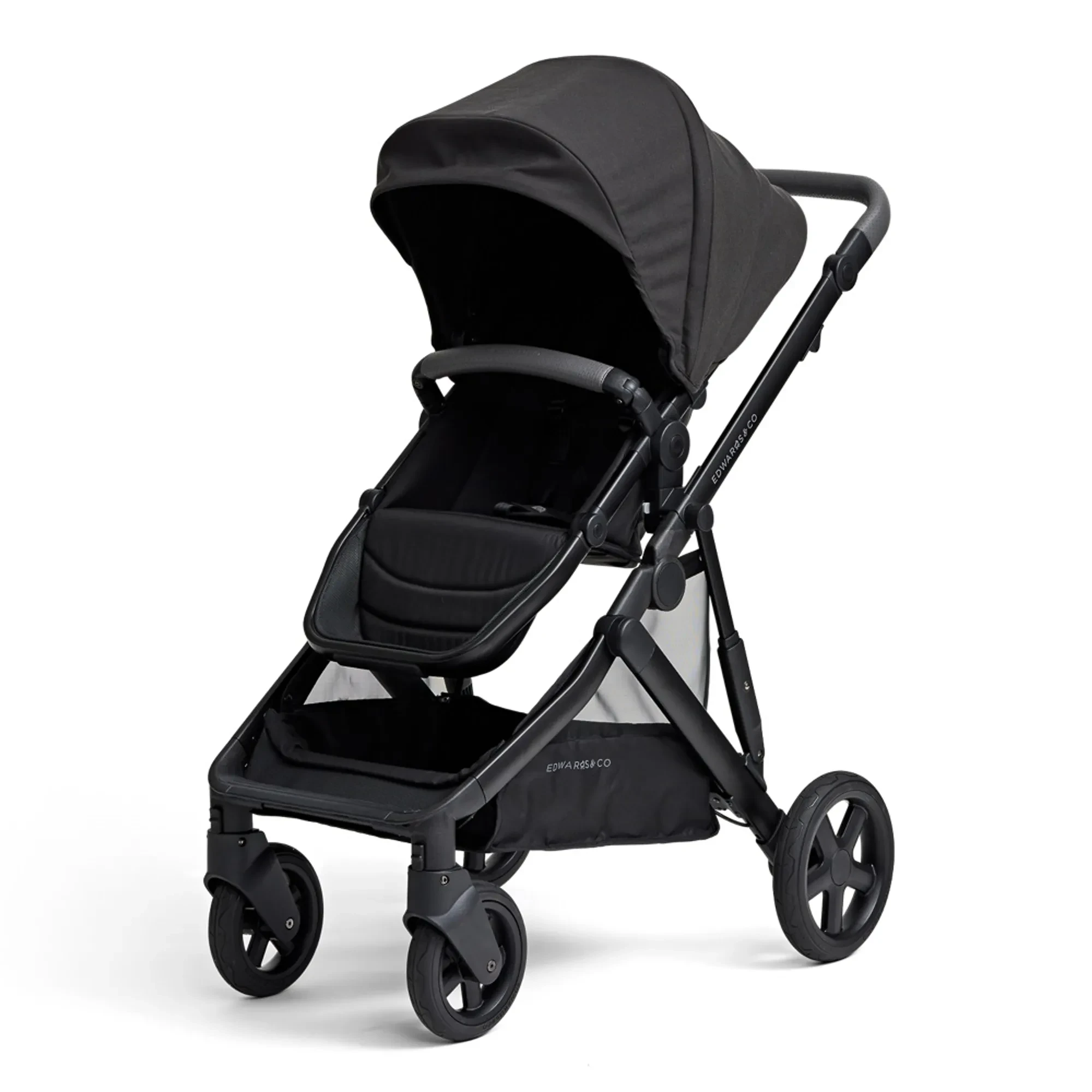
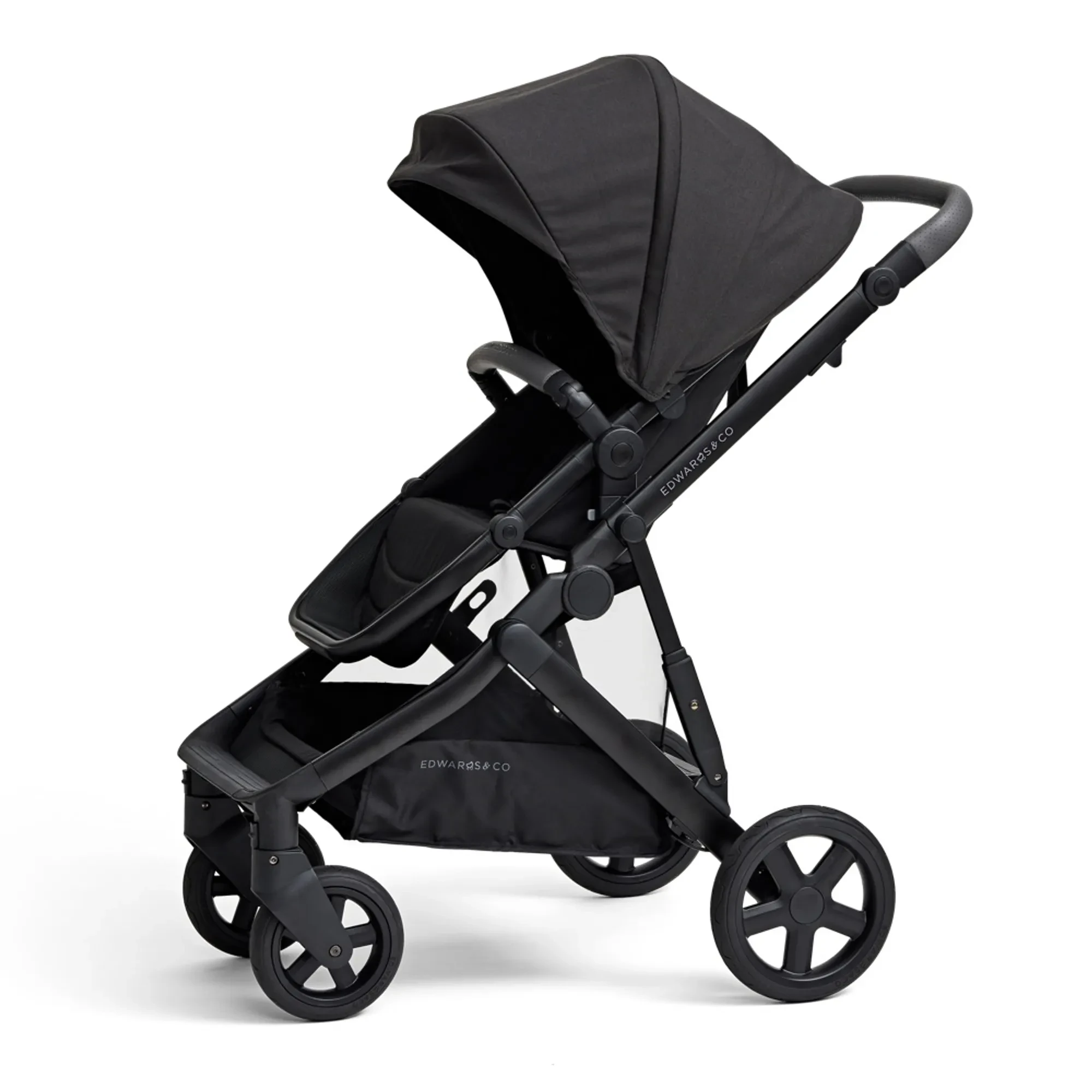



.jpg)









.jpg)



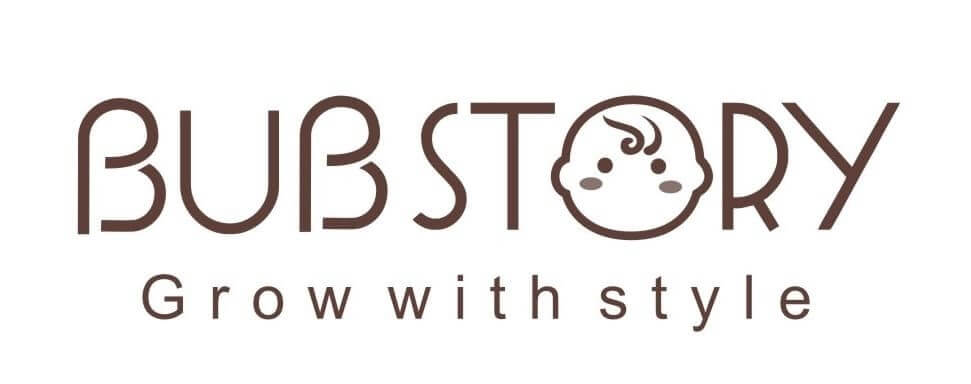

.jpeg)





.jpeg)



.jpeg)








.jpeg)



.jpeg)

.jpeg)
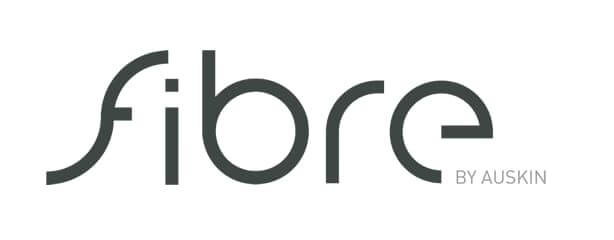
.jpeg)

.jpeg)
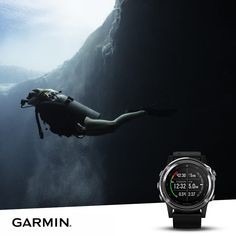



.jpeg)
.jpg)

.jpeg)






.jpeg)
.jpeg)




.jpeg)



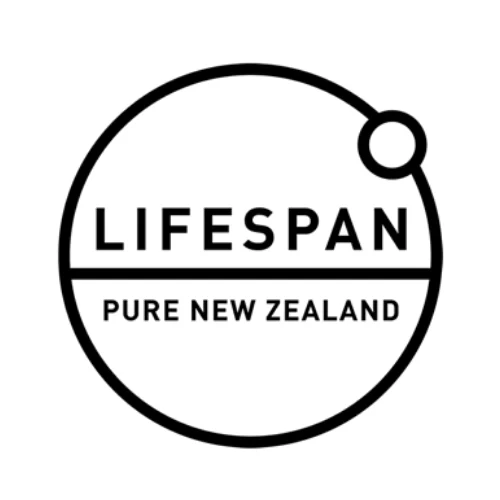

.jpeg)


.jpeg)

.jpeg)

.jpeg)

.jpeg)


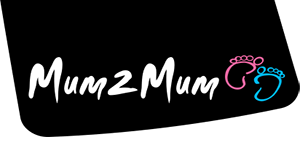




.jpeg)
.jpeg)
.jpeg)





.jpeg)



.jpeg)


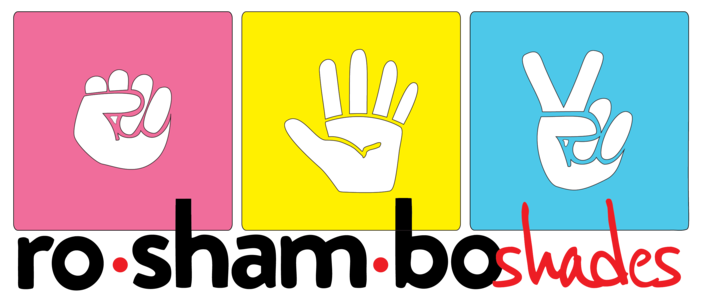



.jpg)
.jpeg)









.jpg)


ulva-Logo.jpg)




.jpeg)



.png)



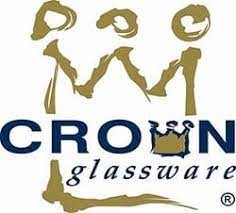










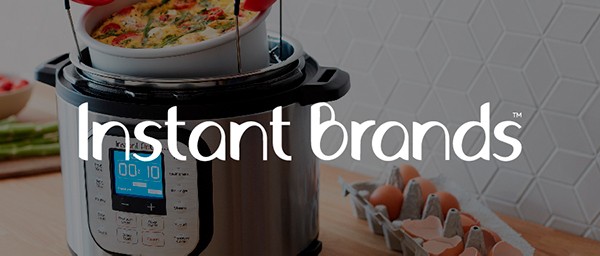
.png)
